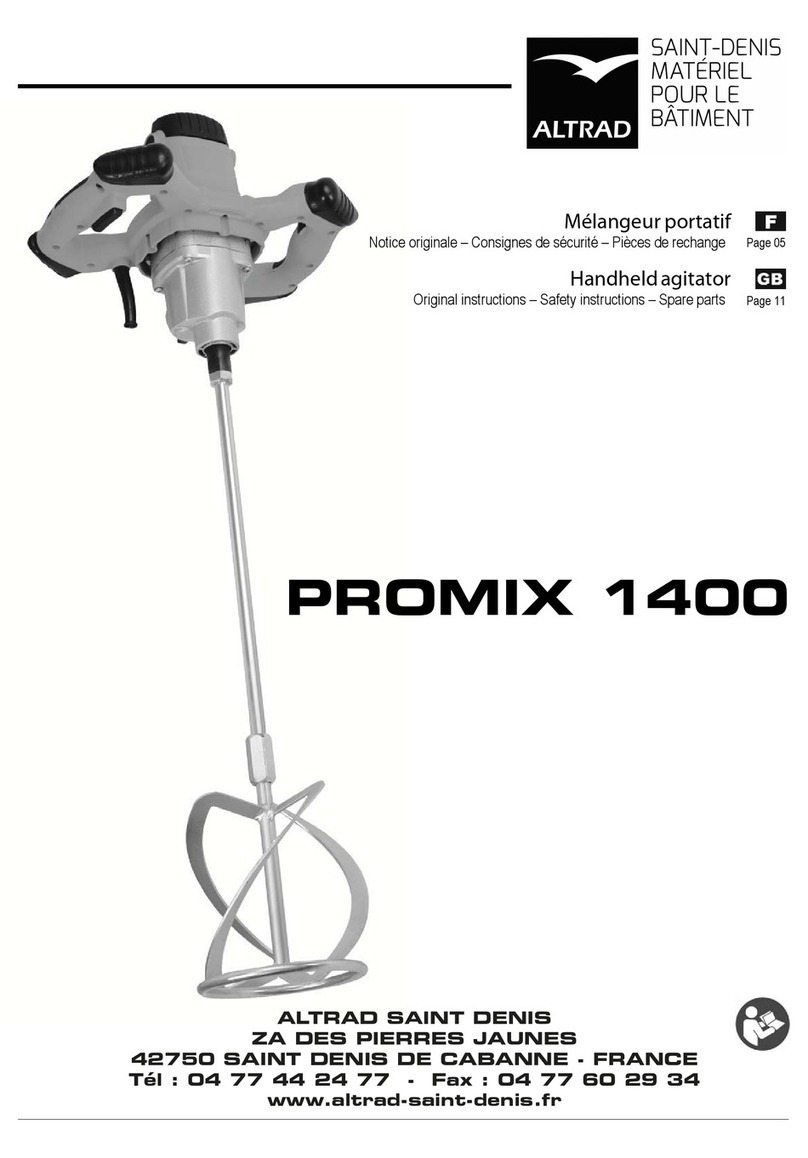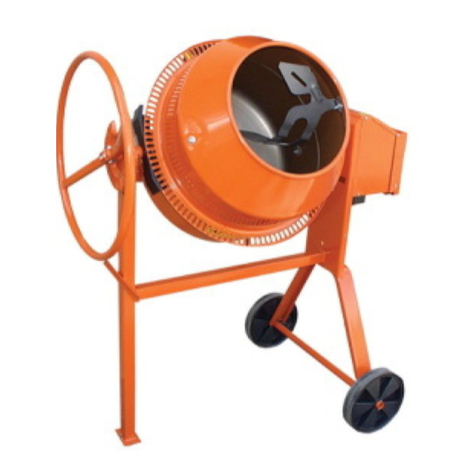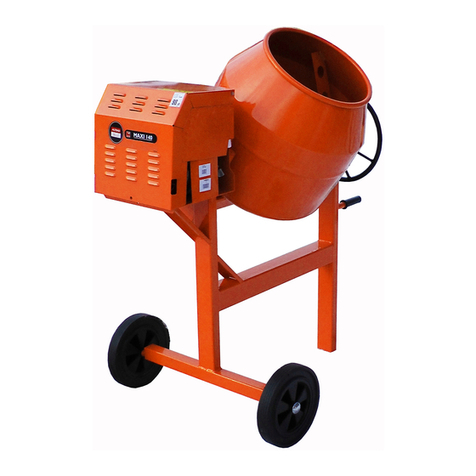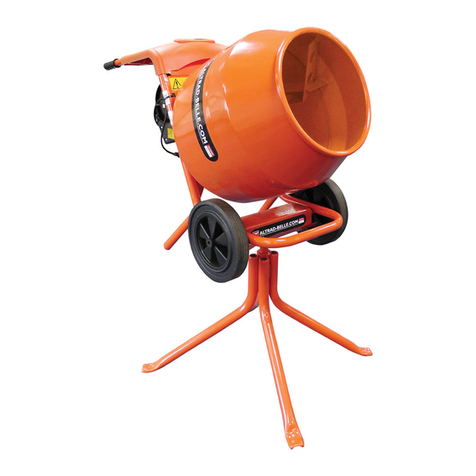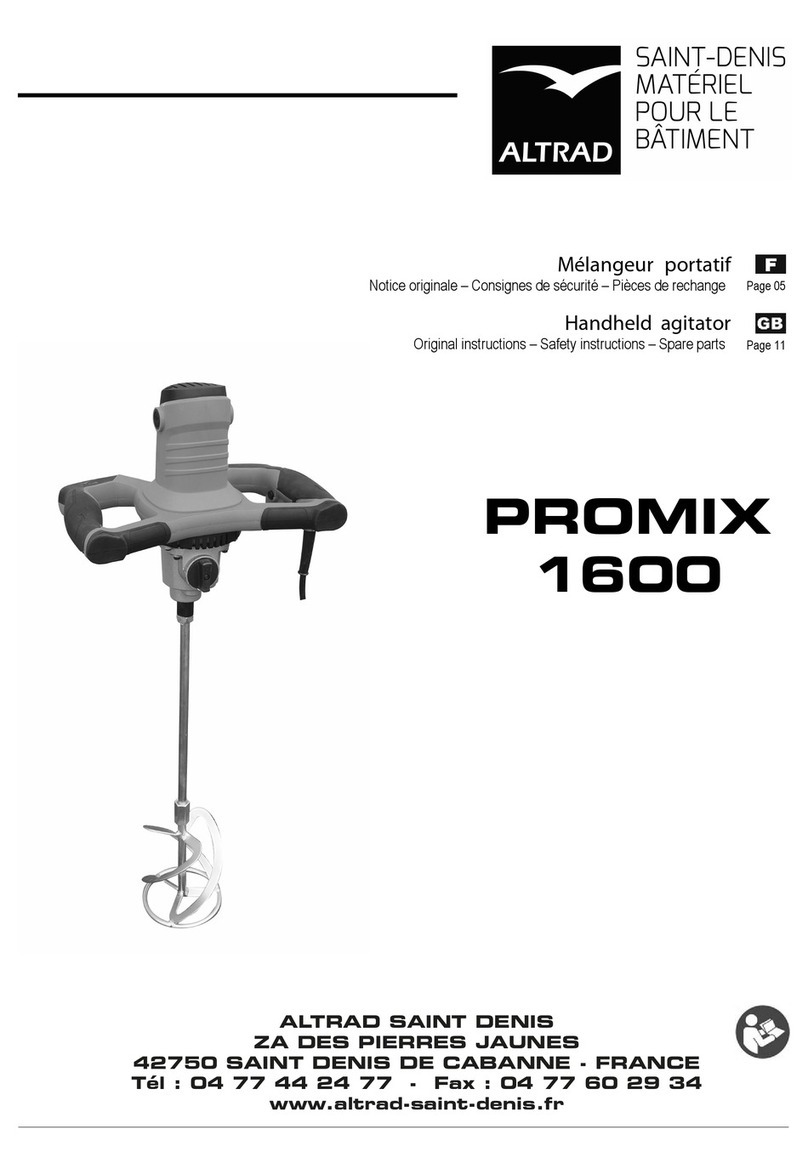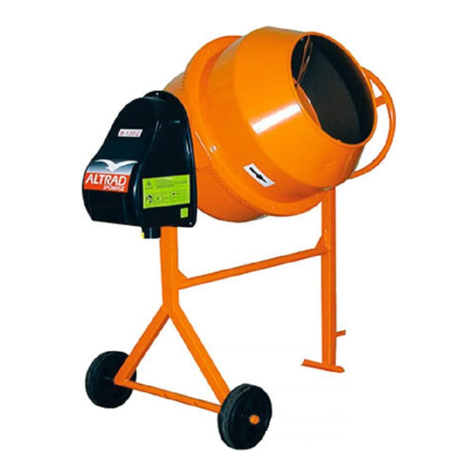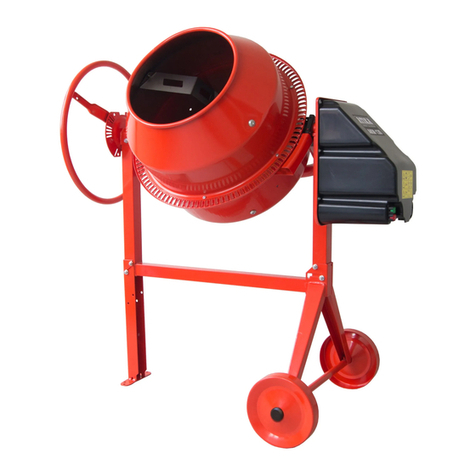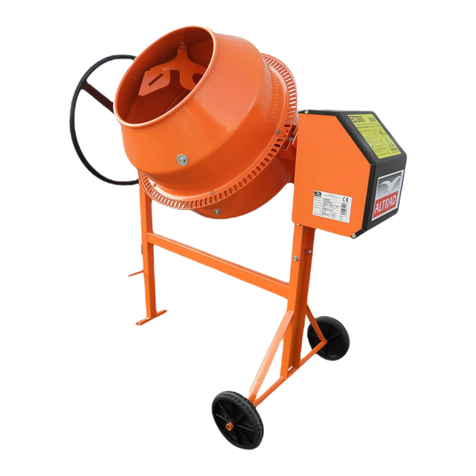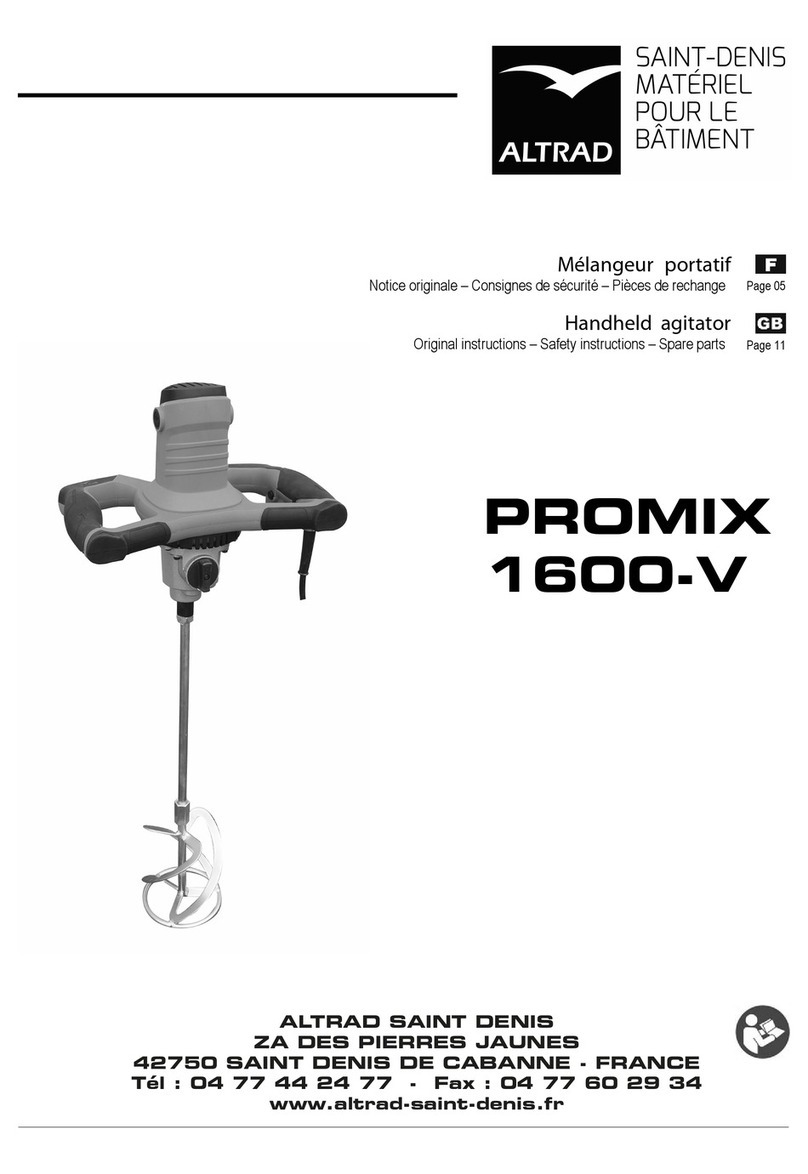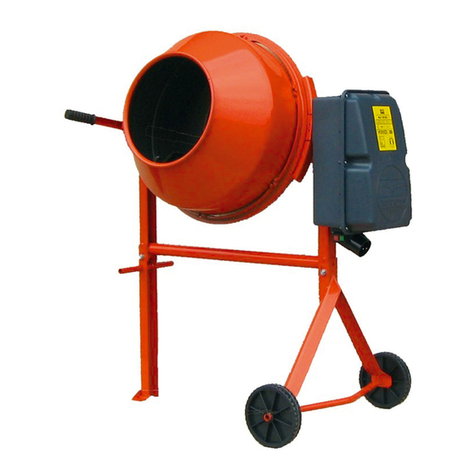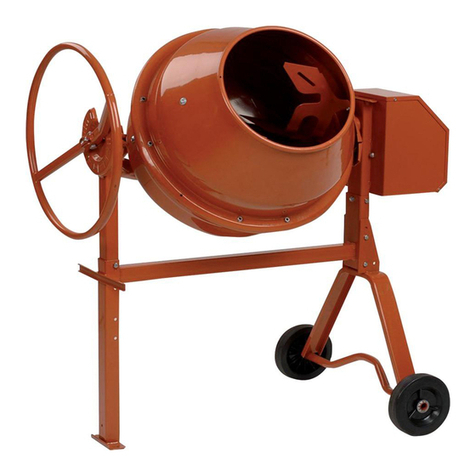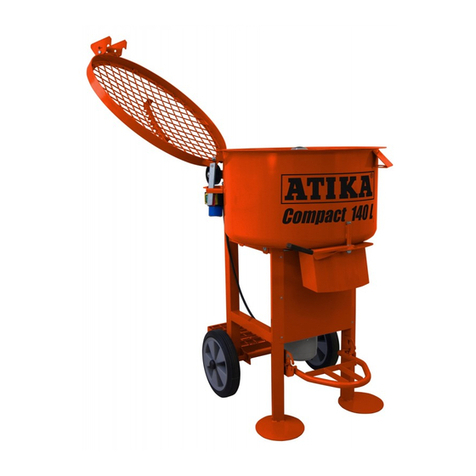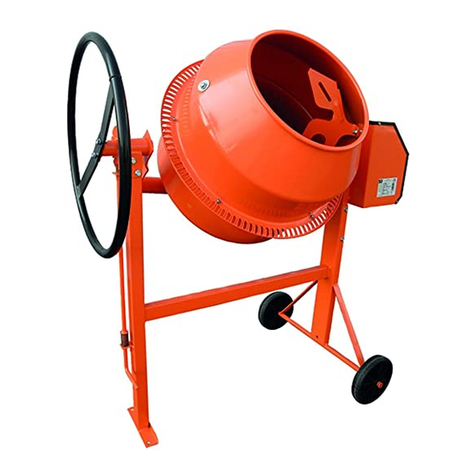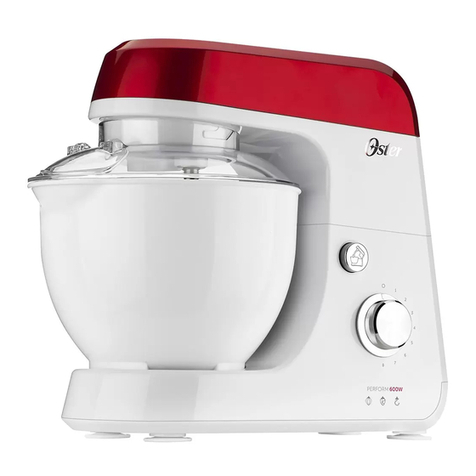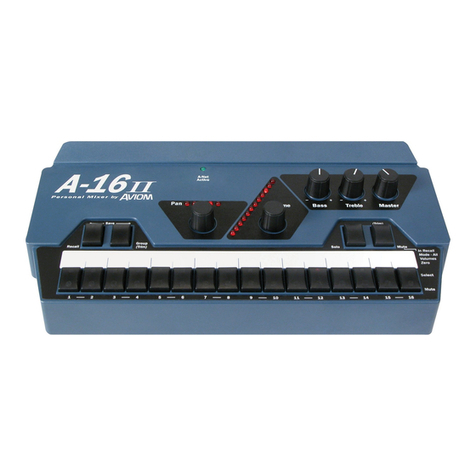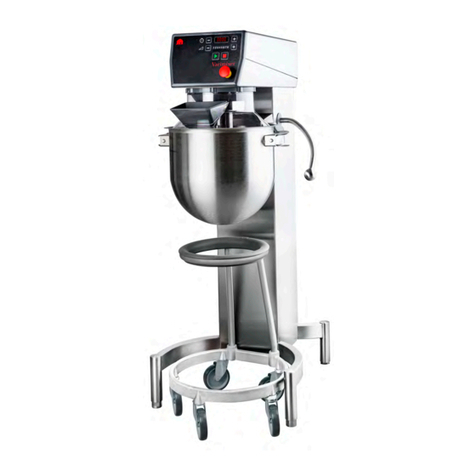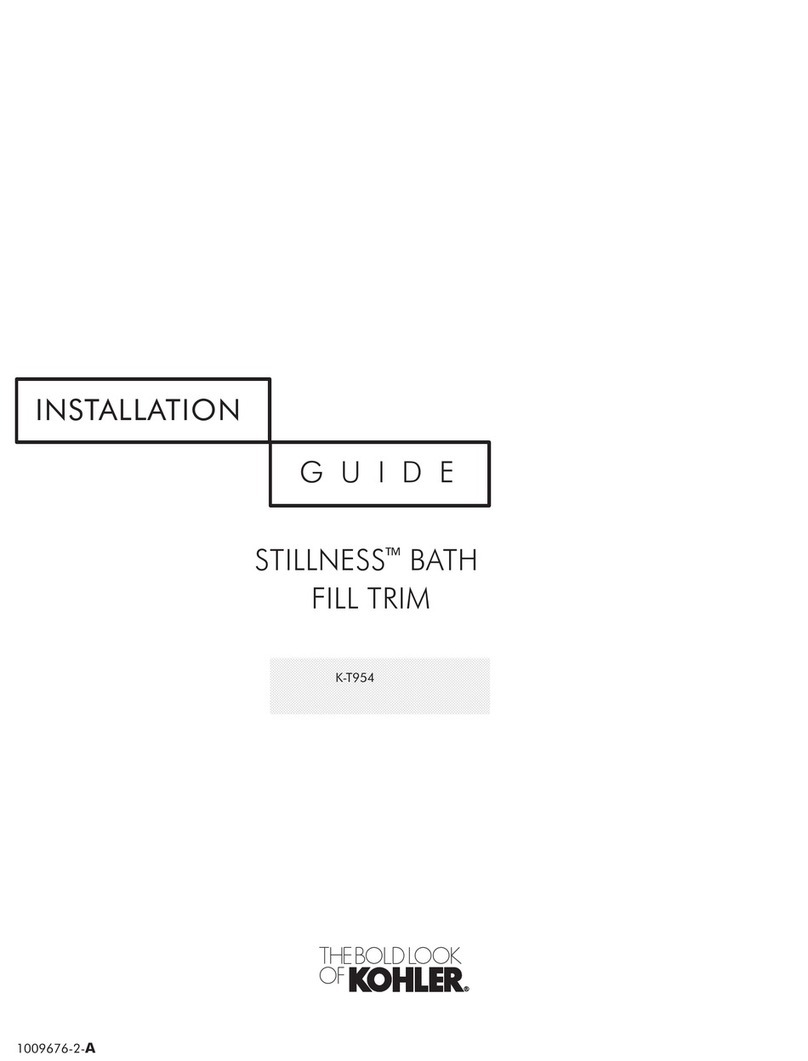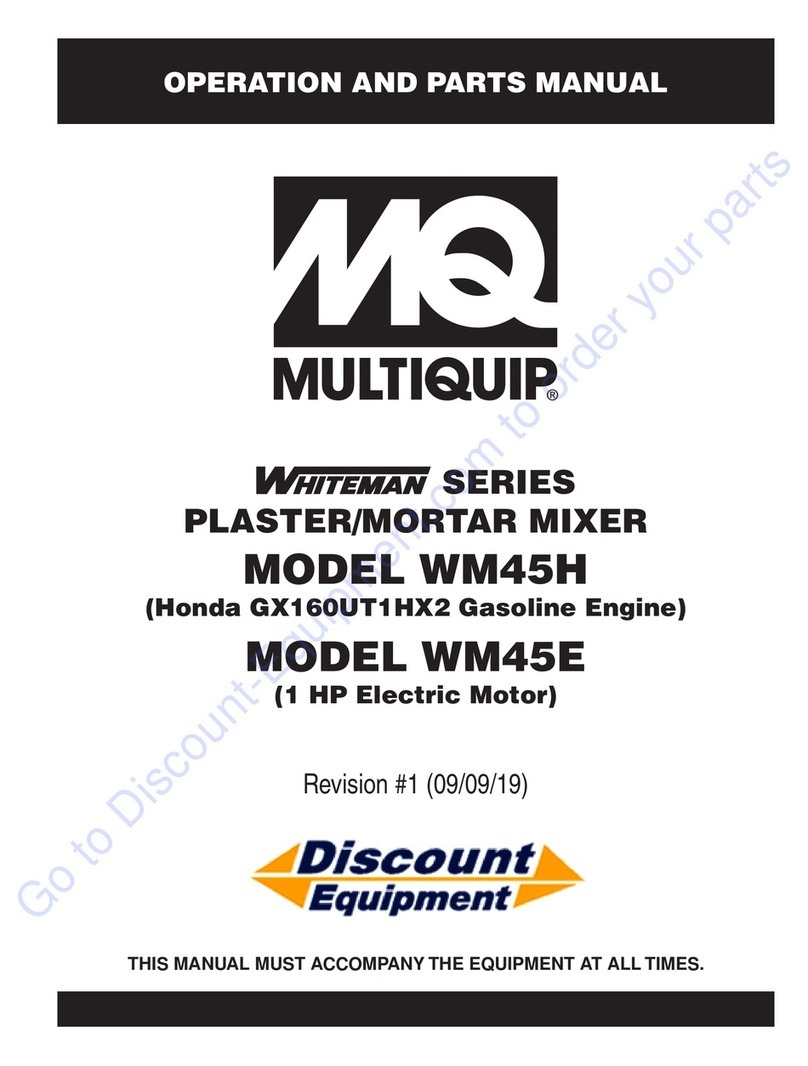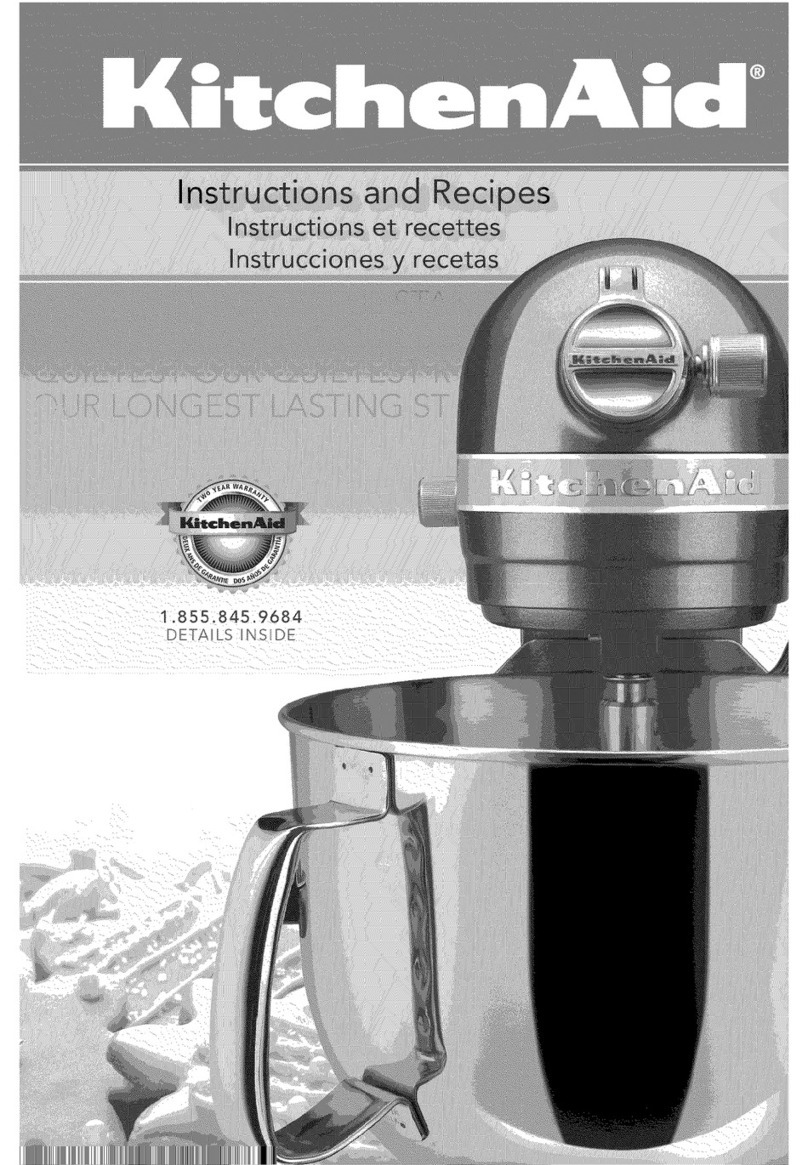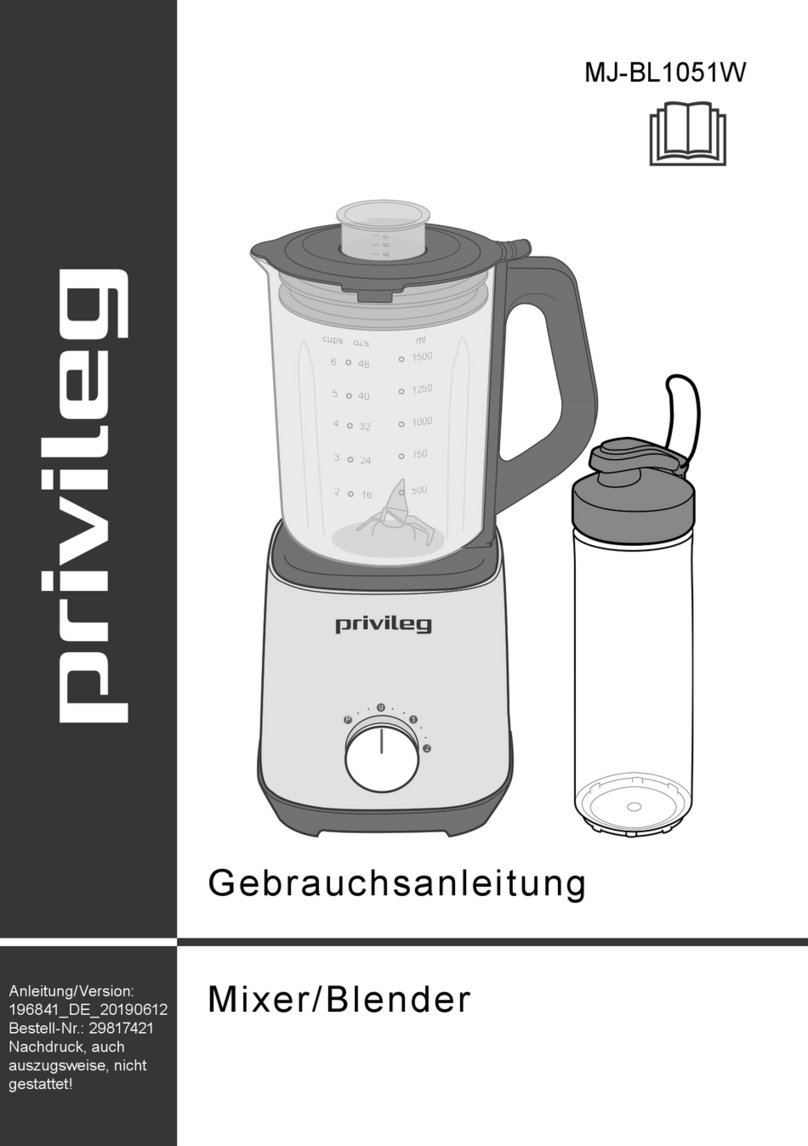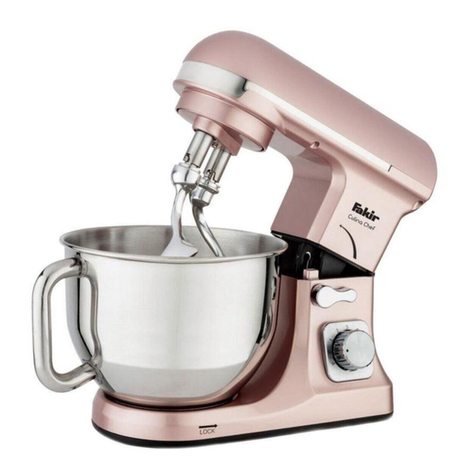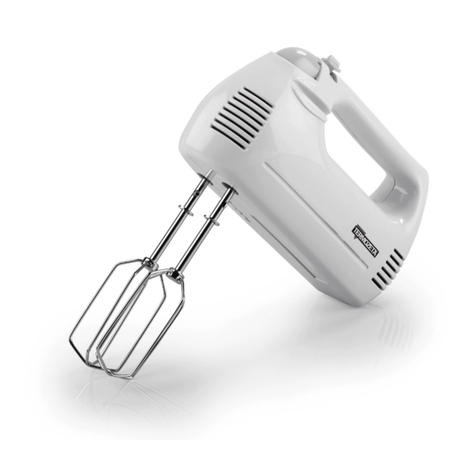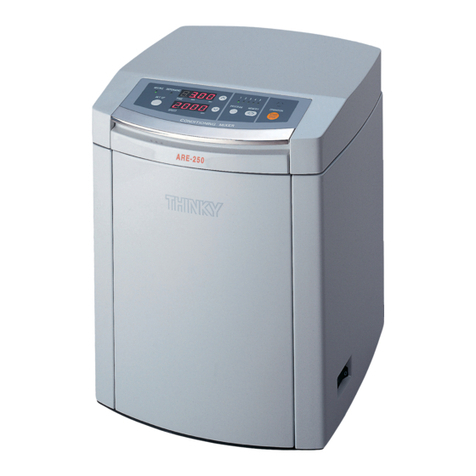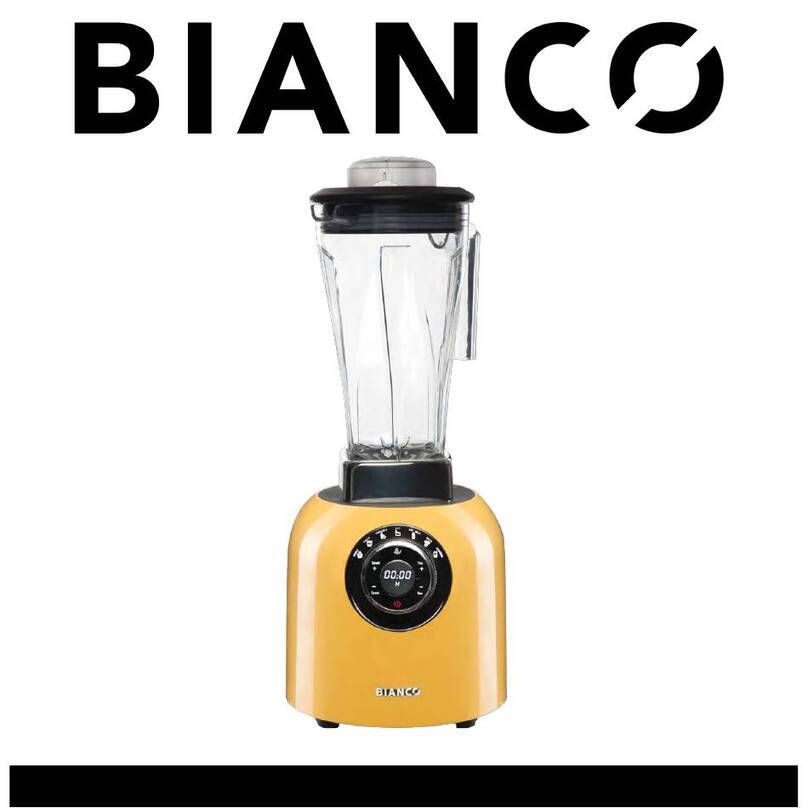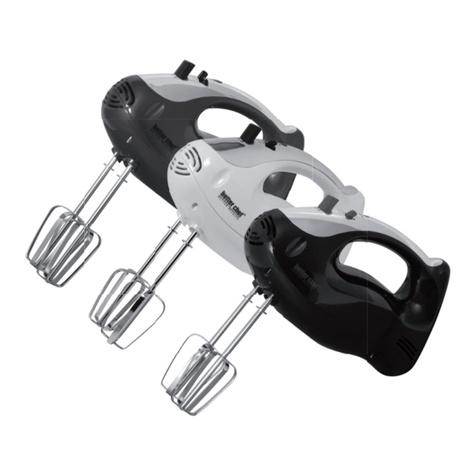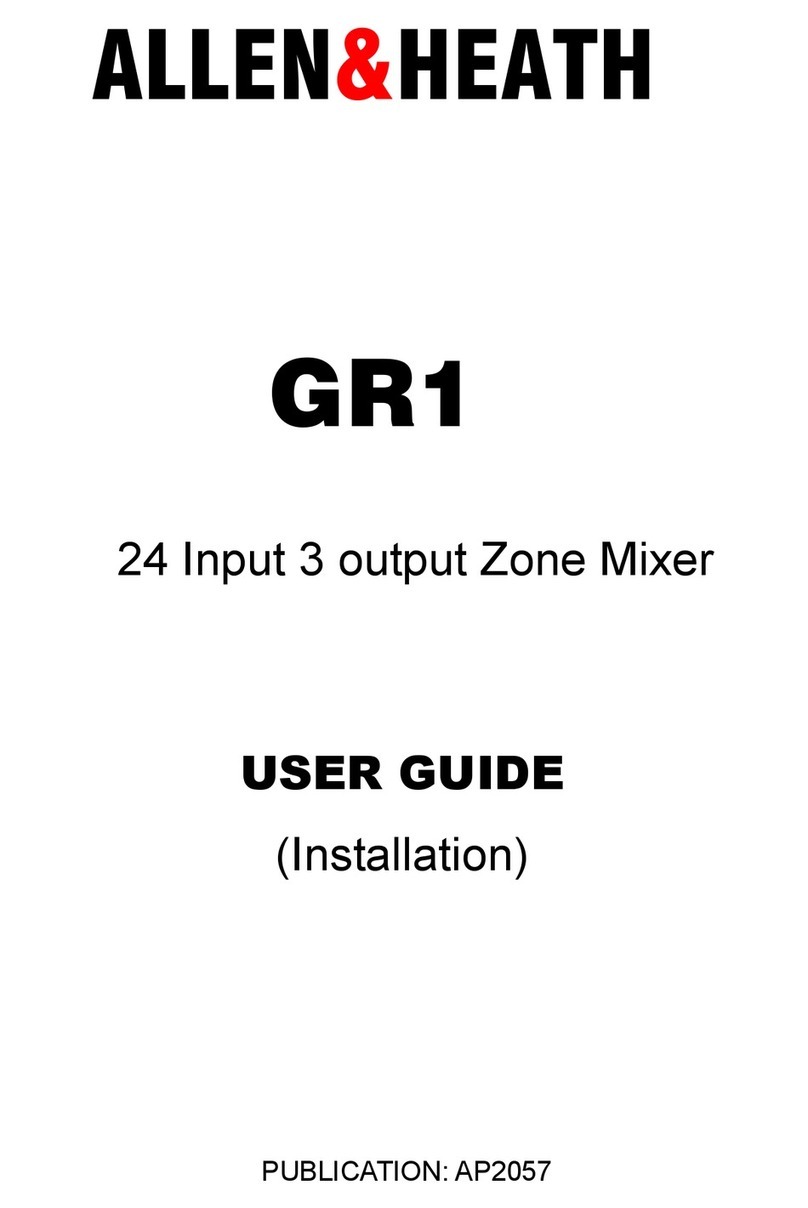
La macchina è facilmente trasportabile. Sollevate la
maniglia e trasportate la macchina tramite le ruote,
come indicato nella foto 8.
La macchina deve essere collegata alla rete
elettrica tramite un interruttore differenziale o un
trasformatore di isolamento in classe II, avente le
caratteristiche seguenti:
Differenziale Trasformatore
230V In 10 A Id 20 mA 230 V 50 Hz 1500 W
Servizio continuo
115V In 20 A Id 20 mA 115 V 50 Hz 1500 W
Servizio continuo
N.B. Per la corretta utilizzazione degli interruttori
differenziali non bisogna dimenticare il periodico
controllo della loro efficienza, attuabile tramite
l’apposito pulsante posto sul frontale del
dispositivo stesso.
Prima di collegare la macchina alla presa di
corrente, assicuratevi che il voltaggio della linea sia
lo stesso di quello indicato sulla targhetta della
macchina. Collegate la macchina solo ad una linea
con cavo di messa a terra efficiente. In caso di
dubbio, non collegate la macchina.
A testa motore sollevata un interruttore di sicurezza
automatico non permette il funzionamento del
motore.
IL MOTORE PUÒ ESSERE AVVIATO SOLO CON
LA FRUSTA IN POSIZIONE DI LAVORO DENTRO
IL SECCHIO.
Il TUBMIX è dotato di protezione termica a riarmo
manuale. Essa interviene in caso di bloccaggio della
frusta. In caso di bloccaggio, prima di riarmare il
protettore, scollegate la macchina dalla rete elettrica
e svuotare parzialmente il secchio.
Per procedere con la preparazione dell'impasto:
•Avviate la macchina sempre a vuoto.
•In base al tipo di componente che si vuole
utilizzare procedete come segue:
Colla per piastrelle per pavimenti e rivestimenti
A) Leggete attentamente le istruzioni scritte sul
sacco della colla che state per utilizzare.
B) Versate nel secchio tutta l'acqua che serve per
preparare la quantità di colla come indicato dal
produttore.
C) Accendete il TUBMIX 50, quindi versate il primo
sacco da 25 Kg. di polvere ad una velocità di 10
Kg. per minuto, direttamente sulla protezione in
plastica, la quale provvederà a centrifugarla per
una corretta miscelazione.
Procedete in questa operazione in modo
continuo ed uniforme con il secondo sacco da
25 Kg, poi attendete la completa miscelazione
del prodotto fino ad ora versato, in questo modo
non si avranno grumi nell'impasto.
I
9
88
99
5. Trasporto
6. Allacciamento alla rete elettrica
7. Preparazione dell’impasto
ATTENZIONE !
INFORMAZIONI
BETUBMIX.qxd 31/05/2004 10.31 Pagina 9
